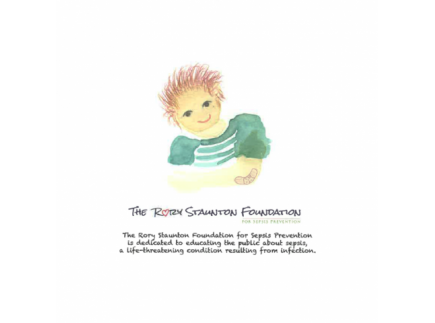About This Lesson
Check out this lesson for Sepsis Awareness Month!
How does a bacterial infection start, spread and turn into sepsis?
This lesson teaches students how easily harmful germs can spread and introduces the subject of sepsis. Students also have the opportunity to see what bacteria actually look like, using microscopes or photographs.
Objectives
Students will learn about proper hygiene and demonstrate their attention to detail when looking at bacteria under a microscope or in photographs and illustrating parts of a story.
Want more free lessons for Sepsis Awareness Month?
Check out more resources on the Rory Staunton Foundation for Sepsis Prevention partner page.
















